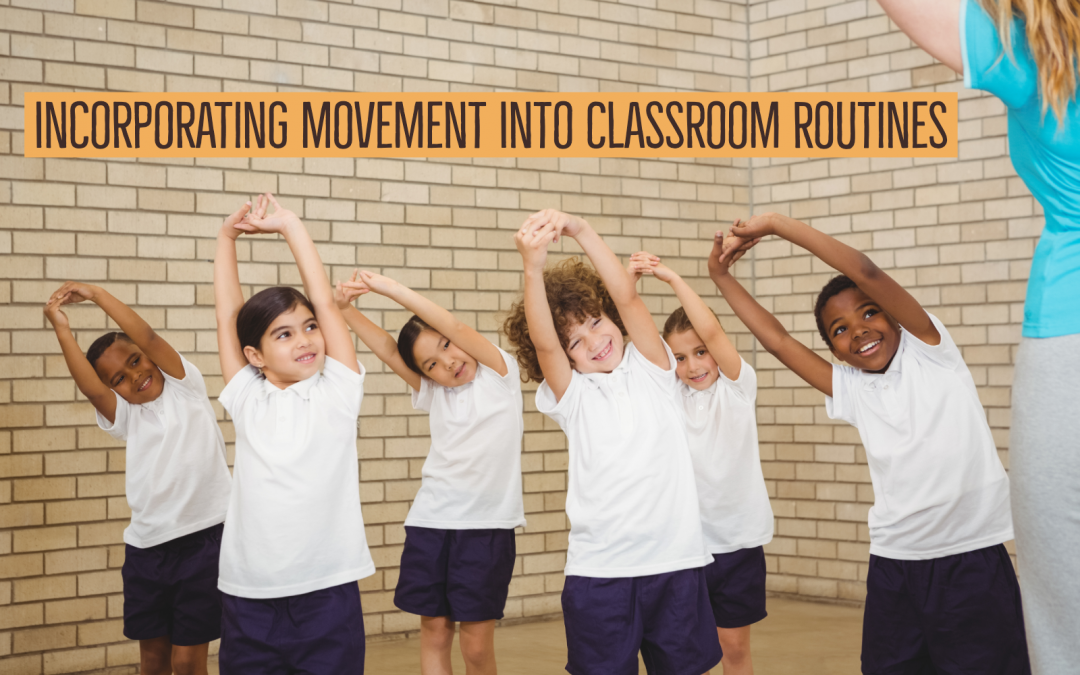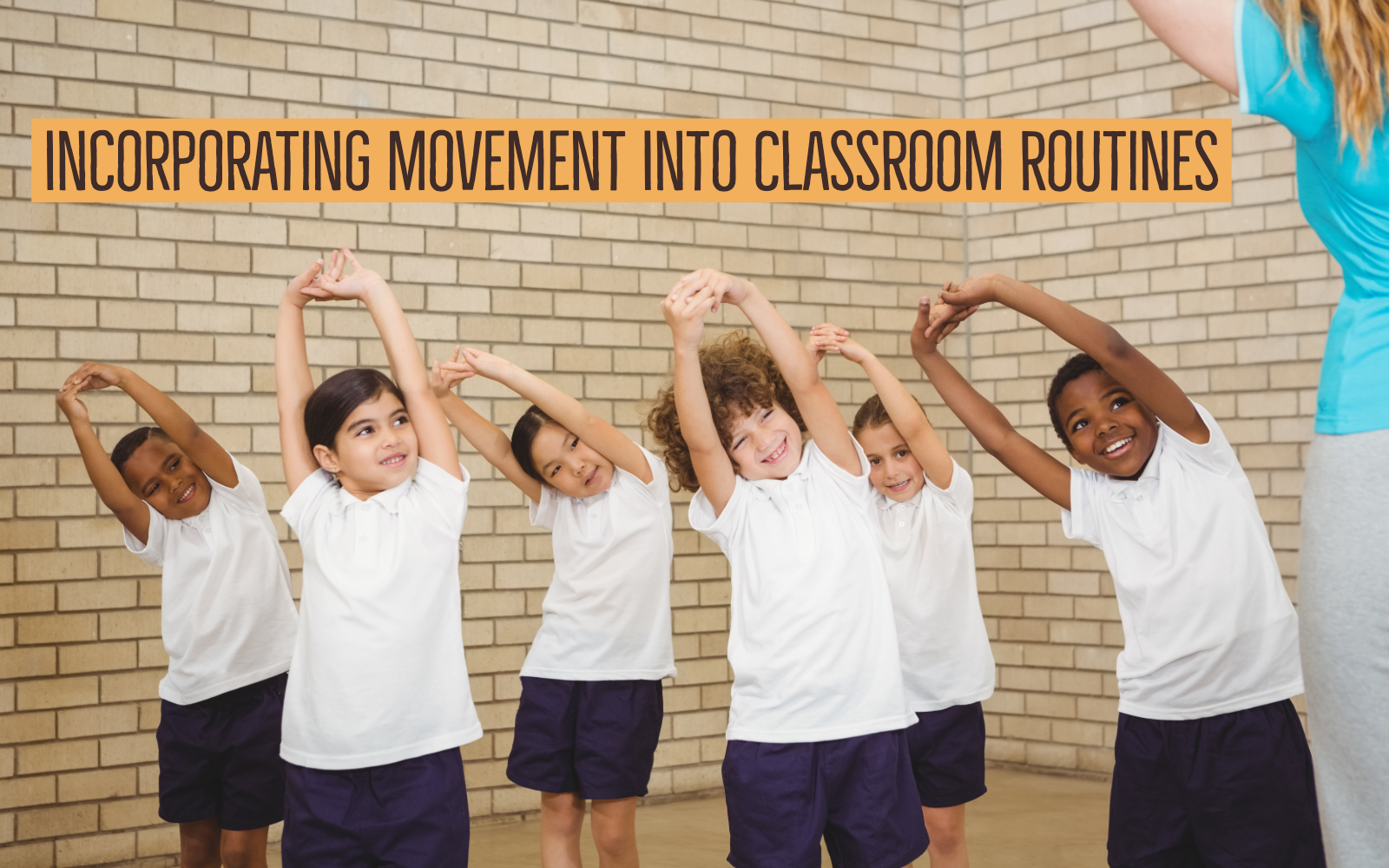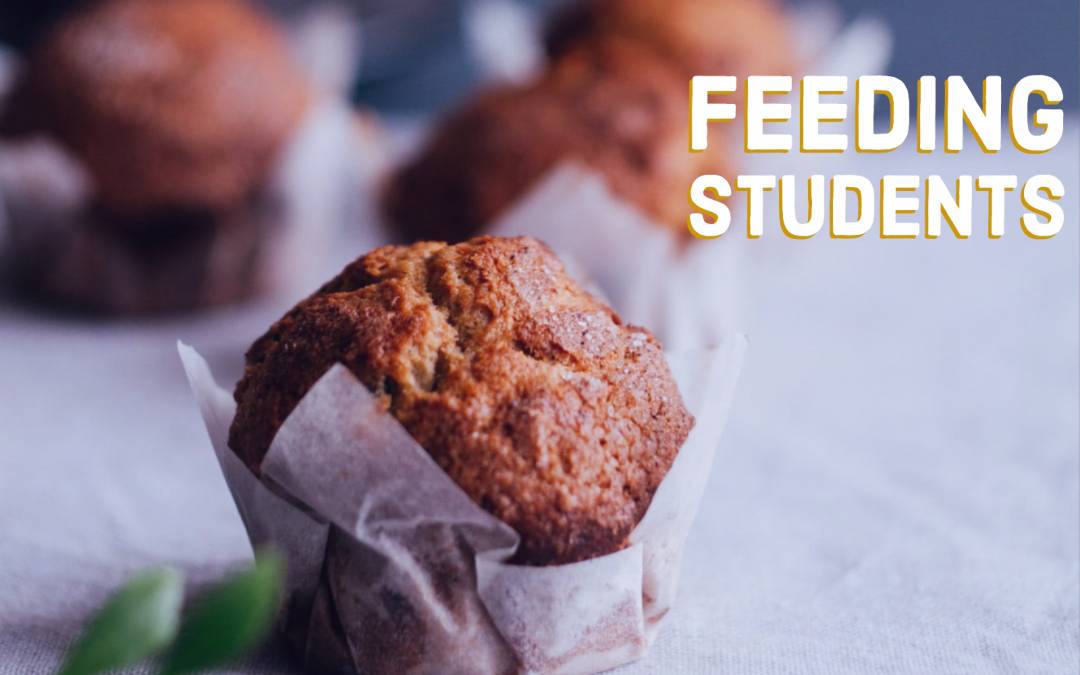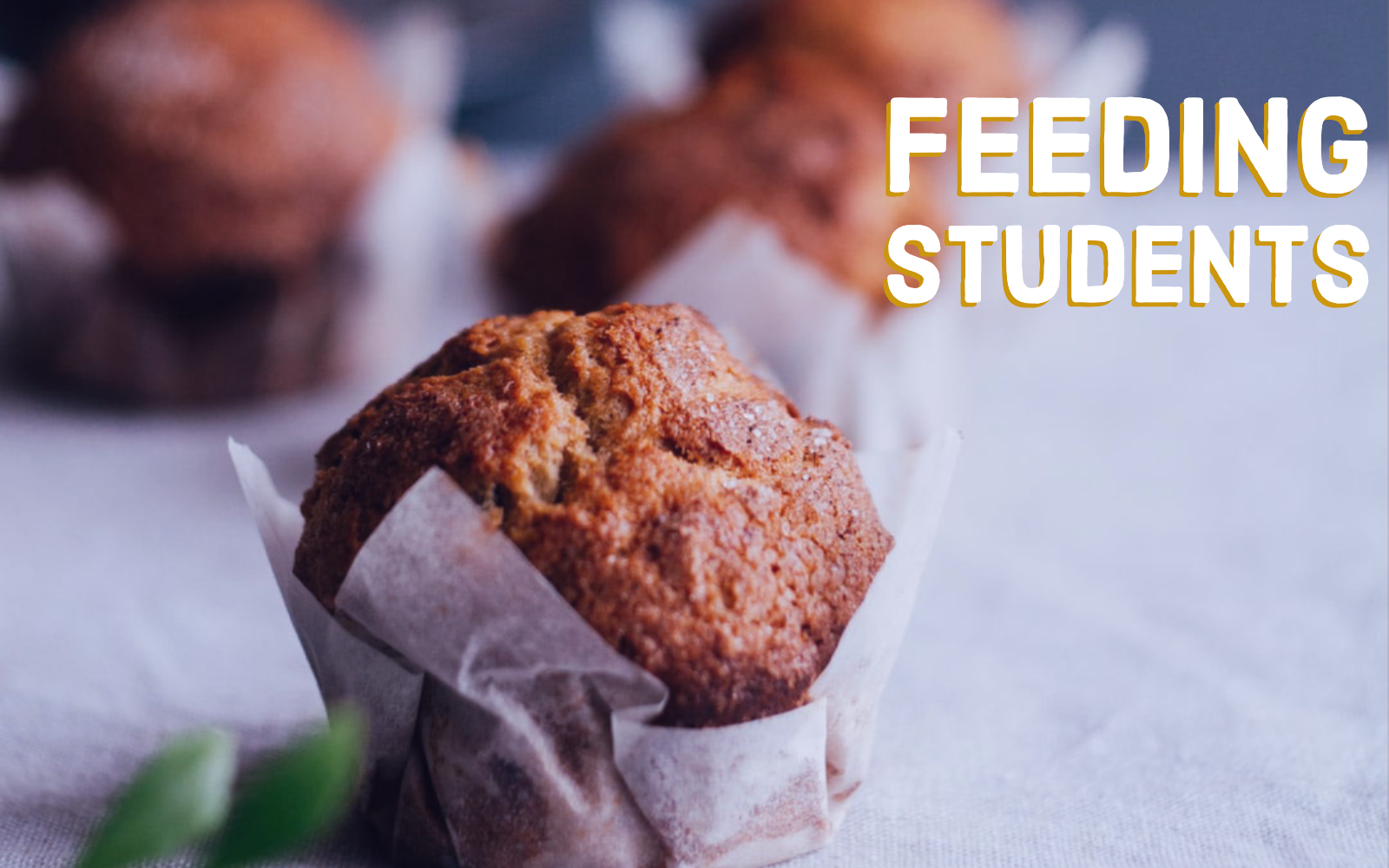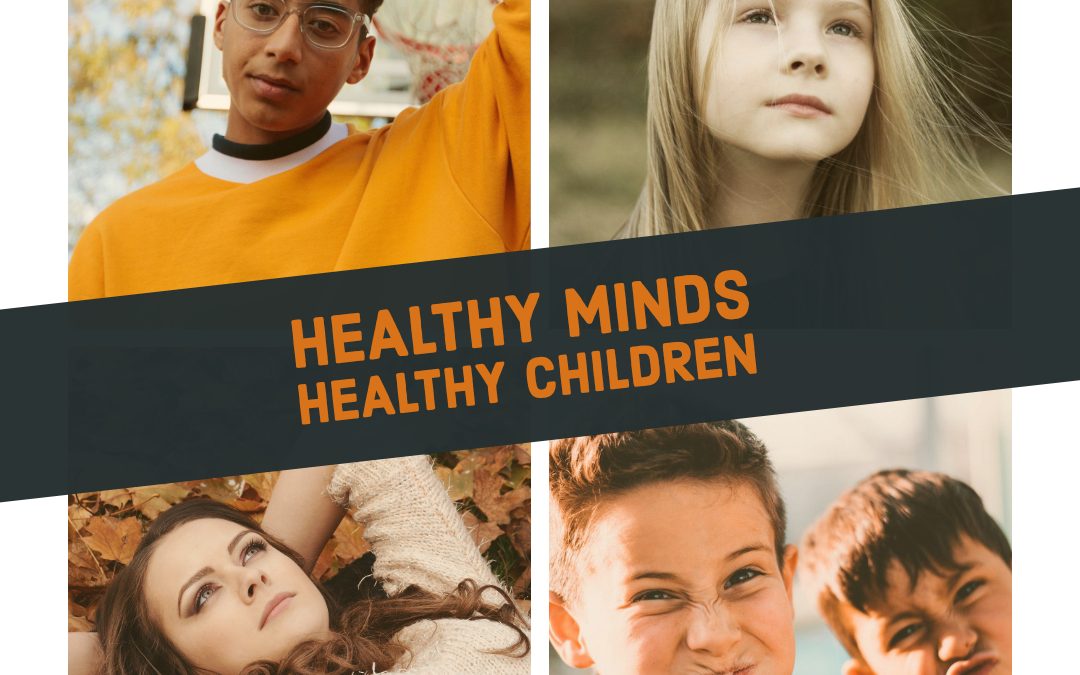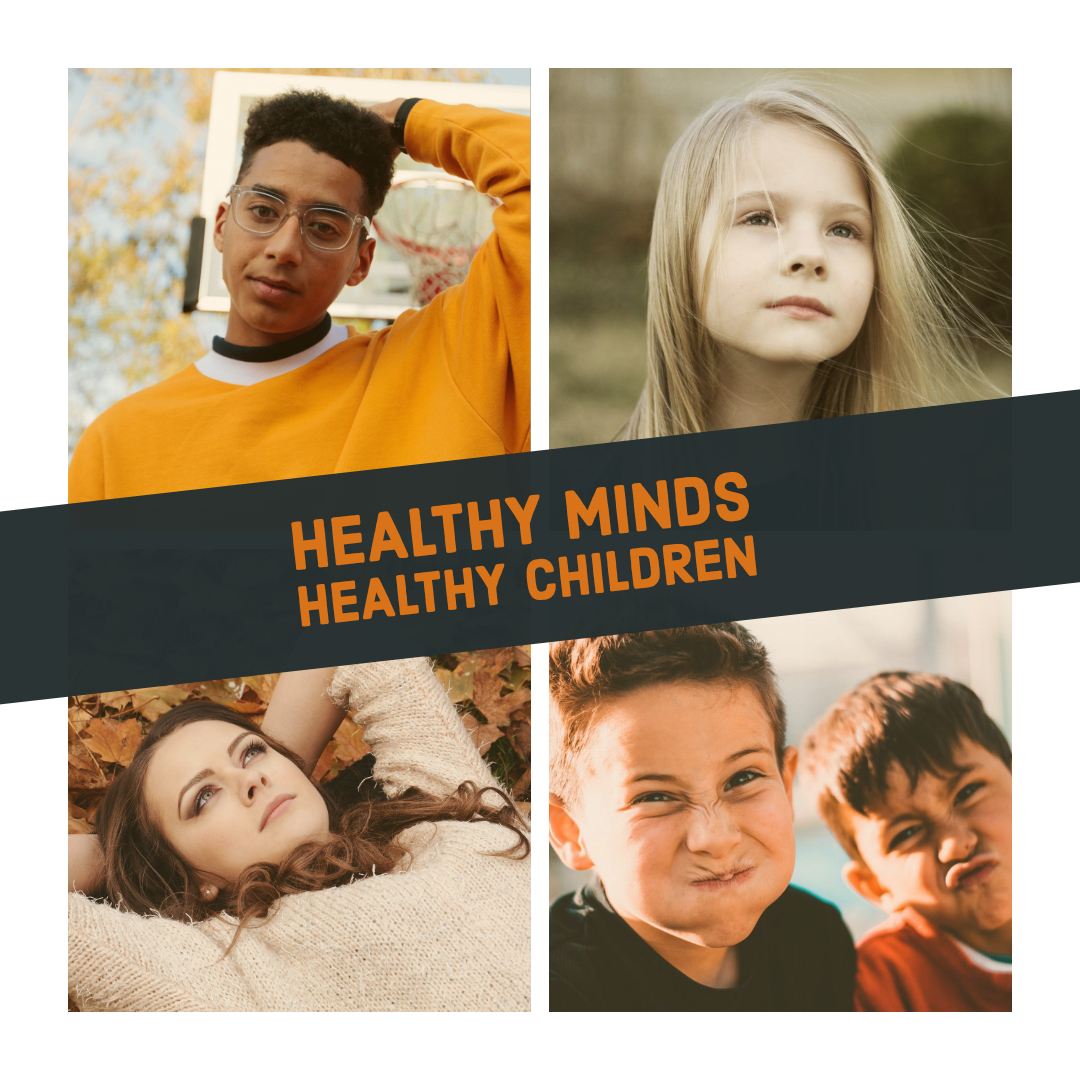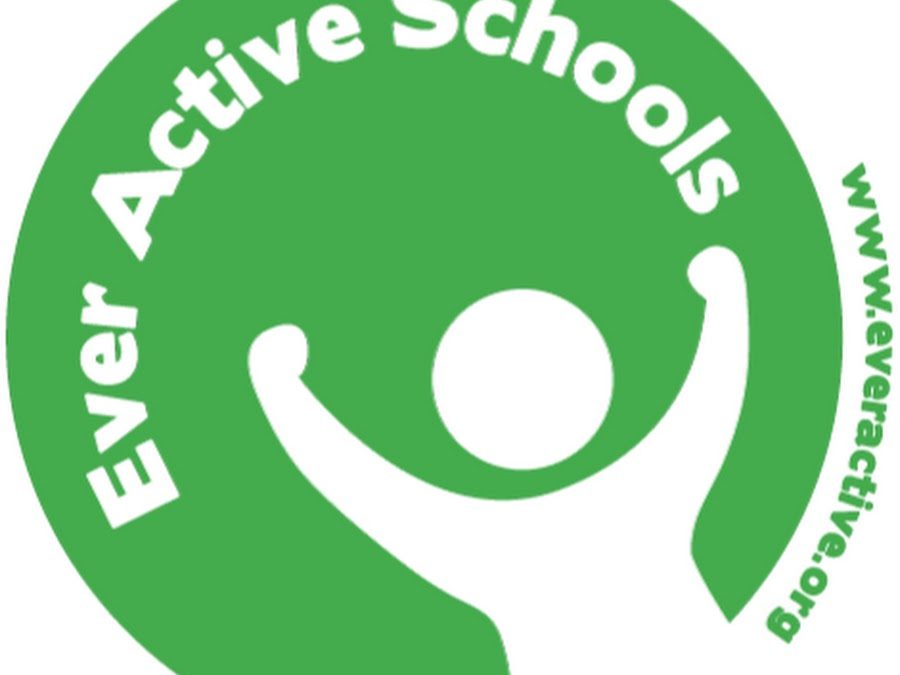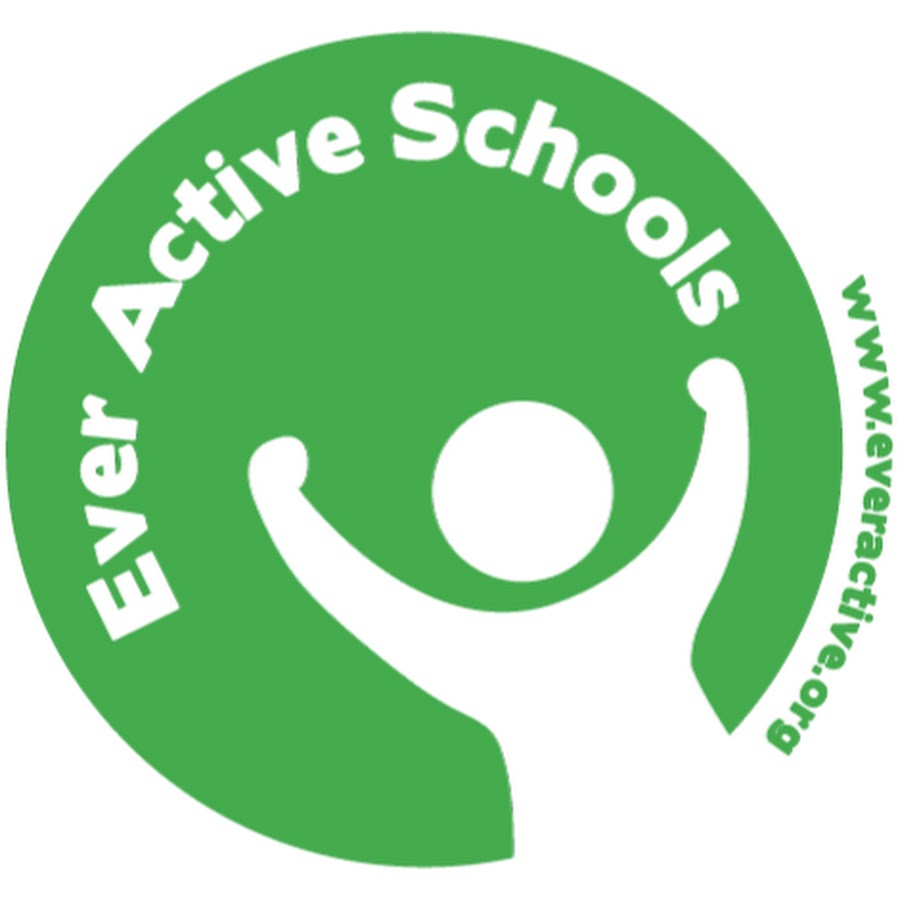ARACY provides Australia’s first evidence-based framework for national child and youth wellbeing (0-24), The Nest Action Agenda.
Developed through extensive consultation with over 3,700 children, young people and adults and 150 consultation partners with research and sector expertise (2010-2013), The Nest sets out the most effective ways to achieve the outcomes which matter most if Australia’s children and young people are to fare better.
These outcomes are love and safety, health, education, the material basics of life, social and community participation and a positive sense of culture and identity.
To bring about these changes The Nest offers six priority directions – and a range of ‘best buy’ approaches to deliver them – amounting to a blueprint or road map for national child and youth wellbeing.
As well as signalling what to do, The Nest also suggests how to go about this work through six Operating Principles which are the hallmarks of best practice in social and community service delivery.
Finally, The Nest includes measurable goals to track the progress made by our collective action against national and international indicators of child and youth wellbeing. ARACY provides a national snapshot of progress against some of these in its periodic Report Card. This snapshot shows us what child and youth wellbeing could look like in Australia, and measures the success of our collective efforts at points in time (2008; 2013).
See how The Nest is being used to frame work which improves child and youth wellbeing in Australia.
